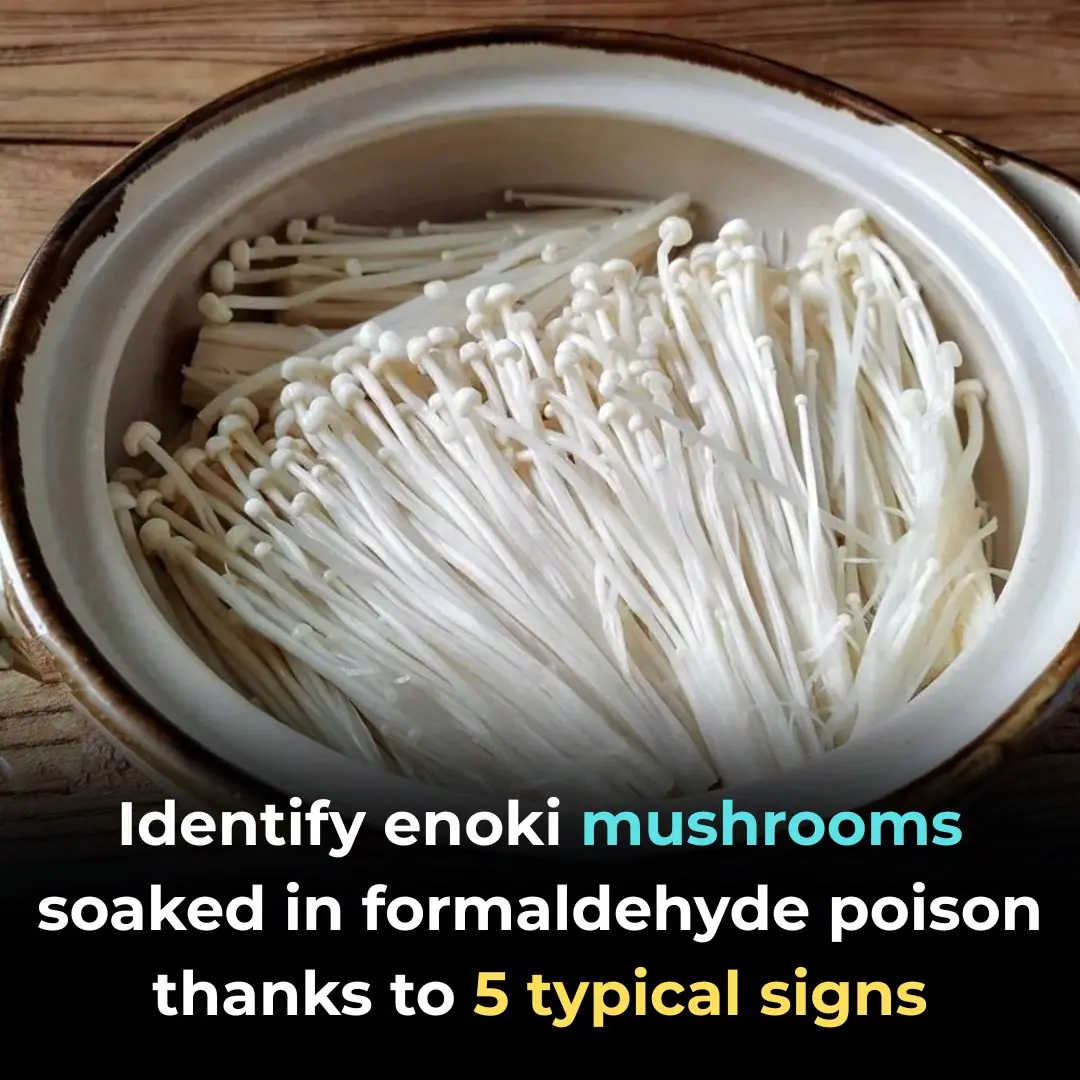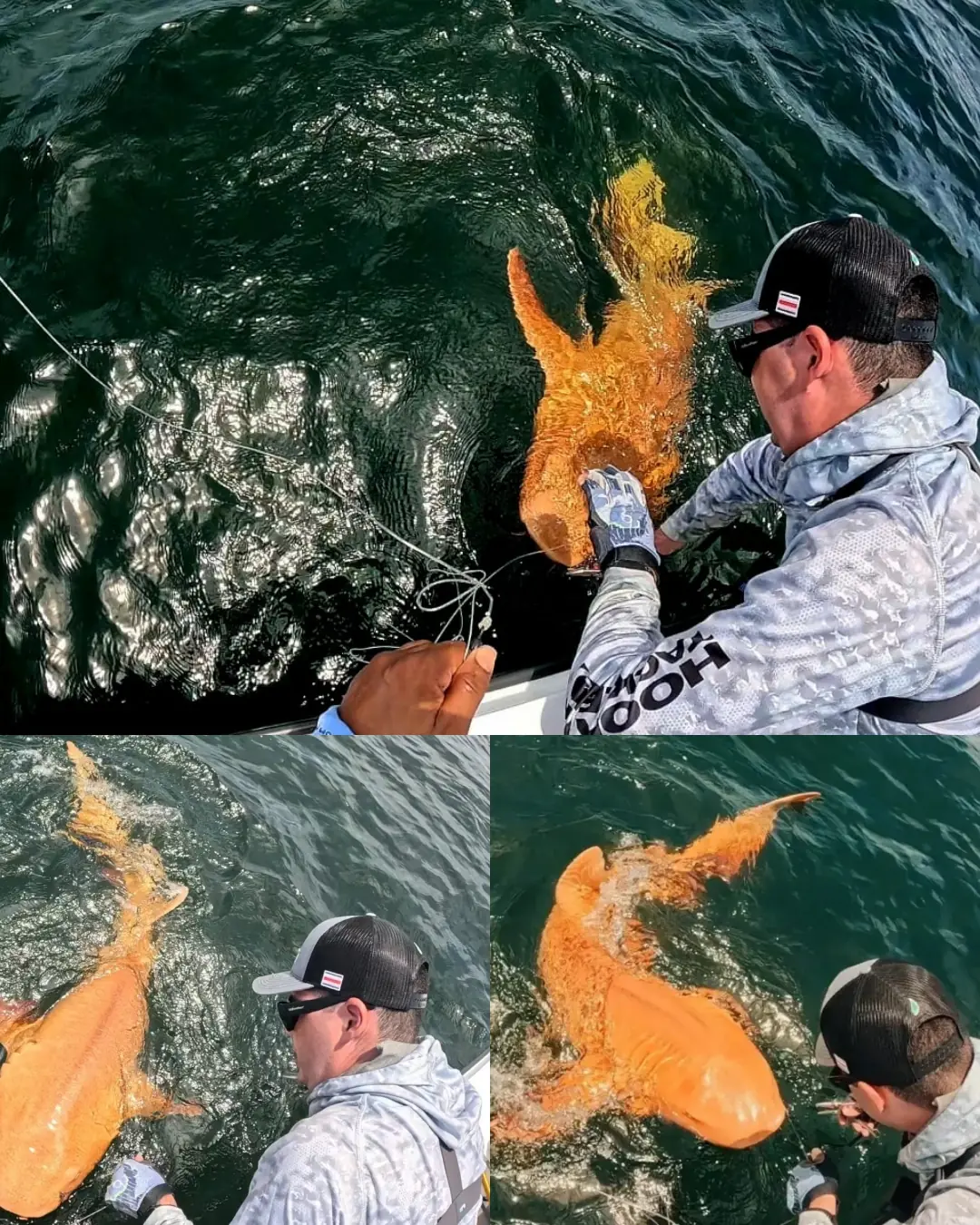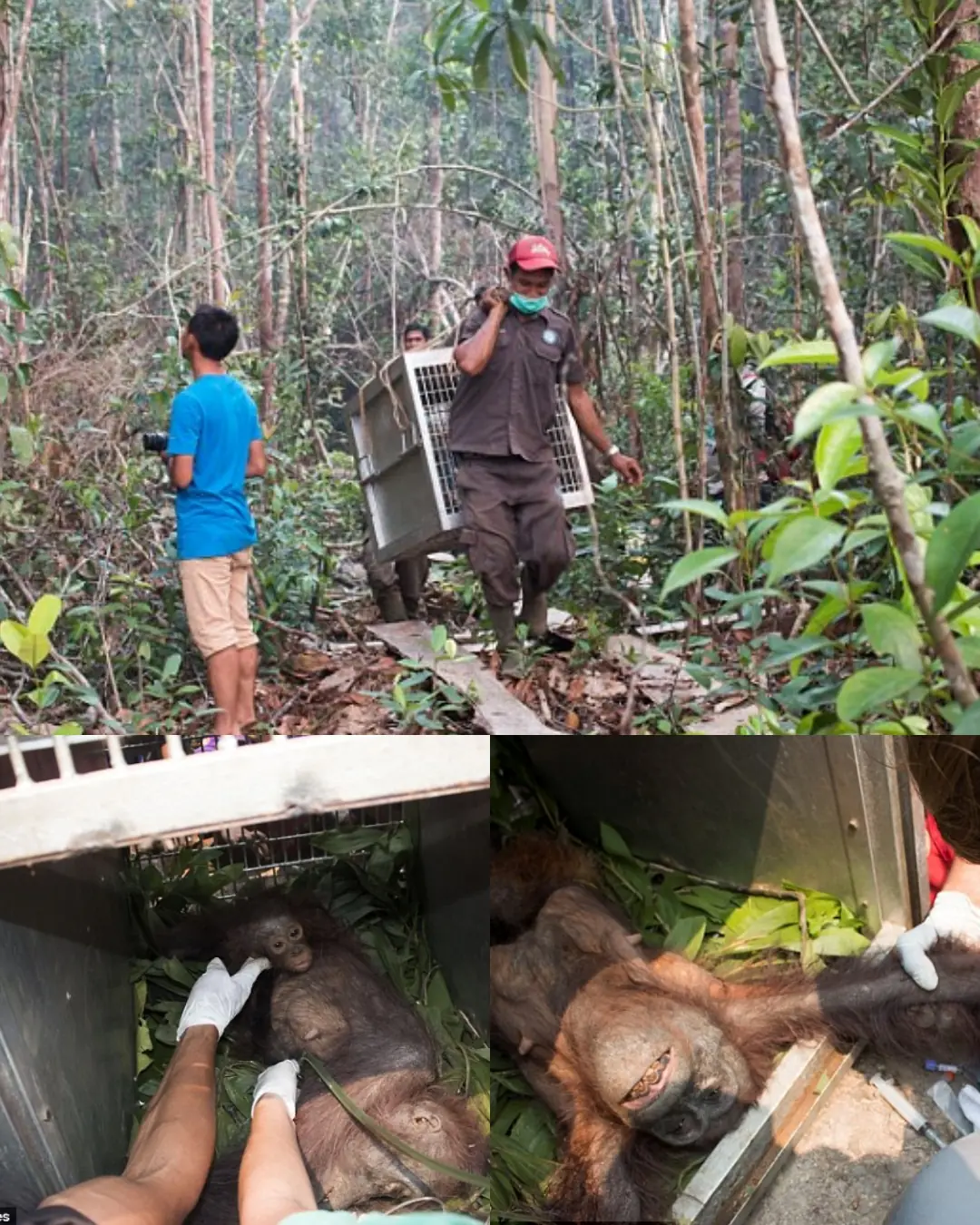
Don't throw away air conditioner wastewater: It has 4 valuable uses that many people don't know about.

Surprising Uses of Air Conditioner Condensate Water
During operation, an air conditioner condenses moisture from the surrounding air and drains it outside. For a long time, this wastewater has been considered dirty and useless. However, few people realize that this type of water actually has several practical applications and can be reused in surprisingly effective ways.
Is Air Conditioner Water Clean?
The water dripping from an air conditioner is the result of air condensation inside the unit. The cooling coils operate at a temperature of around 10–15°C (50–59°F), which cools the warm indoor air that passes over them. As this happens, the moisture in the air condenses on the cold surface of the evaporator coil and drips into a tray, then flows outside through a drainage pipe.
This process is completely natural and harmless—a byproduct of how the air conditioner regulates temperature and humidity. When the desired room temperature is reached, the air becomes drier, and moisture continues to accumulate, forming droplets that drain away.
Technically speaking, the condensed water is distilled and pure at the point of formation because it comes directly from moisture in the air. However, as it travels through the air conditioner’s internal system, the water can easily become contaminated. Dust, mold, bacteria, and even algae can build up inside the copper pipes, air filters, or drainage tubes, especially if the unit hasn’t been cleaned regularly.
Therefore, while the water starts out pure, it can quickly pick up impurities along the way. If you intend to reuse or even boil this water for consumption, you must ensure that the drainage system and internal components of the air conditioner are cleaned thoroughly to guarantee safety.
Practical Uses for Air Conditioner Wastewater
1. Watering Plants
Condensate water from an air conditioner is neither acidic nor alkaline, making it safe for most plants. It can be used to water flowers, indoor plants, and even garden vegetables. This water is soft and low in minerals, which helps prevent soil compaction and keeps the soil light and aerated—conditions that encourage healthier plant growth. In dry seasons, reusing this water can also help conserve tap water.
2. Refilling Fish Tanks
Changing aquarium water regularly is crucial to keep fish healthy and active. Air conditioner water, being naturally soft and low in chlorine, can be used as an eco-friendly substitute for tap water. Its higher oxygen content helps fish remain more energetic. However, you should still filter and test the water before adding it to the tank to ensure it’s free from bacteria or harmful residues.
3. Cleaning Floors and Toilets
Using air conditioner condensate for mopping floors or flushing toilets is an easy way to reduce household water consumption. To enhance cleaning effectiveness, mix the water with a small amount of salt and floor cleaner—this increases alkalinity, helps prevent residue buildup, and leaves surfaces sparkling clean.
If the water has an unpleasant odor, simply add more floor detergent or a few drops of essential oil to freshen the scent.
4. Cleaning Jewelry and Metal Items
Few people know that air conditioner water often contains trace elements such as sodium fluoride, which can help remove oxidation and dirt. For slightly tarnished jewelry like necklaces or earrings, soak them in the water for about 6 hours, then gently clean with a cotton swab. This method helps restore shine and remove surface rust or dullness without using harsh chemicals.
5. Additional Household Uses (added for expansion)
-
Ironing clothes: Condensate water is similar to distilled water and can be used in steam irons to prevent mineral buildup and extend the appliance’s lifespan.
-
Car maintenance: You can use it to wash car windows or dilute windshield cleaning fluid, as it leaves fewer water spots compared to tap water.
-
Cleaning mirrors and glass: Because it lacks minerals, it’s ideal for streak-free cleaning of glass surfaces.
Important Notes When Installing the Air Conditioner Drainage System
-
The drainage pipe should be slightly sloped downward to ensure smooth water flow.
-
Plan the drainage route in advance and, if possible, conceal the pipes within the wall or floor for a cleaner and more aesthetic appearance.
-
When embedding drainage pipes into the wall, make sure they are insulated with rubber or another protective material. This prevents condensation inside the wall, which can lead to mold growth, cracks, or reduced wall durability over time.
-
Regular maintenance and cleaning of the drainage pipe will prolong the lifespan of the air conditioner and maintain water quality if you plan to reuse it.
Final Thoughts
Instead of letting air conditioner condensate go to waste, you can repurpose it for multiple household needs—from watering plants to cleaning floors and jewelry. While it’s not suitable for direct drinking unless carefully filtered and boiled, this “wastewater” is a free and sustainable resource that helps save money and protect the environment when used wisely.
News in the same category


How to make delicious beef steak at home: 5-star restaurant standard taste, eat once and miss it forever

9 tips to completely get rid of cockroaches from your house using natural ingredients, without using chemicals

Moldy walls and ceilings, use this water to clean, cleaner than bleach

Tips to distinguish between naturally ripened bananas and chemically ripened bananas

If you find a centipede at home, here is what it means...

What is its purpose. see details

Don't make the mistake of throwing away tea bags. see more

🪟 Vinegar Is the Key to Streak-Free Windows & Shiny Surfaces — But Most People Use It Wrong

This Is The Mistake You Make When Using An Electric Kettle

Don’t Toss That Banana Part

The Hidden Effects of Sleeping With a Fan on Your Throat

Tips for freezing tomatoes to eat all year round, the flavor is always fresh and delicious like freshly picked

Health benefits of lemon peel, don't throw it away and waste it

4 effective ways to clean yellow armpit stains on white shirts, making them as white as new

Identify enoki mushrooms soaked in formaldehyde poison thanks to 5 typical signs

8 devices that consume the most electricity, twice as much as air conditioners: Remember to unplug after use, or your bill will skyrocket.

Golden tips for choosing ham: Identify borax with a simple, absolutely safe way

How to recognize fish infected with urticaria: Don't buy it even if it's cheap as if it were given away.
News Post

A Real-Life Superhero: The Mother-in-Law Who Became a Caregiver and a Lifeline

The Dog Who Wore a Sheep’s Skin.

A Simple Act of Kindness: Man Rescues Turtles from the Dinner Plate

Jimmy the Bear: A Story of Love, Care, and Compassion

A Seventeen-Year-Old’s Battle for Tomorrow: Yerasyl’s Fight for Life

Black Locust (Robinia pseudoacacia): 14 Surprising Benefits and How to Use It at Home

A Rare Sight: Bright Orange Nurse Shark Makes Scientific History in the Caribbean

Two Lives Powered by Machines: Madzia and Nina’s Fight Against Myasthenia Gravis

A Car Repair That Means Freedom: Wiktor’s Fight Against SMA

Monkeys, Mischief, and a Wedding to Remember: The Night Thailand Went Dark

Tragic Incident at Cincinnati Zoo: A Gorilla’s Life Lost in Effort to Save a Child

The 5 fruits secretly damaging your brain after 50

The #1 silent sign your kidneys are in trouble (and it’s not your urine)

Why Some People’s Skin Turns Red When Drinking Alcohol

Theo’s Journey: A Day of Progress, Challenges, and Unwavering Hope – October 21st Update

Home Again: A Family’s Journey Through Joy, Exhaustion, and Uncertainty

When the Jungle Looked Back: The Astonishing Case of Chimps Trying to Domesticate Alligators

Tiny Hero, Big Heart: The Chihuahua Who Stared Down a Mountain Lion in Colorado

Zach Biggers: A Small Town Hero’s Fight Against Cancer
